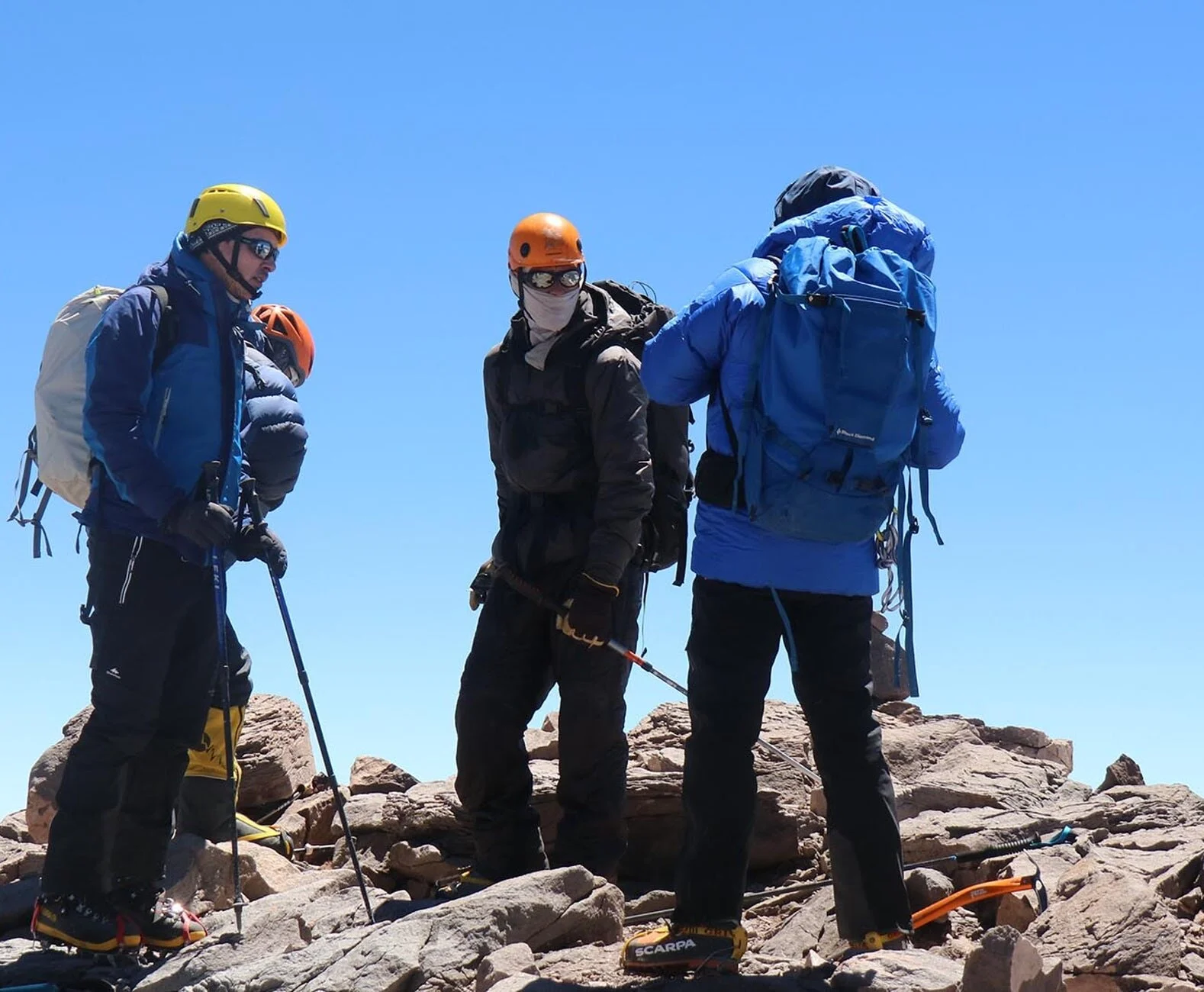How to prepare for your Kilimanjaro climb
High-end gear and our experienced guides’ leadership skills will help you reach the snows of Kilimanjaro, the highest peak in Africa.
At 19,341 feet, Mount Kilimanjaro is the world’s largest free-standing mountain and Africa’s highest peak. A climb to Kilimanjaro’s summit involves a multi-day adventure through the mountain’s five climate zones. A walk-up peak, Kilimanjaro does not require any technical climbing skills or specialized gear.
That said, a successful summit requires preparation.
First, you should choose a longer route that allows for proper acclimatization; Duma recommends spending eight days on the mountain. It’s difficult to tell how prospective climbers may fare at high altitudes and oxygen deprivation until they actually experience such conditions, and even prior altitude experience may not be an indicator of future success in such environments. (If possible, get experience at elevation before visiting Tanzania. Climb a 12,000 or 14,000 foot peak. Any experience at altitude will help you understand how your body will react to elevation changes.)
Although Kilimanjaro is a walk-up peak, you should still have leg strength and endurance to face the continuous uphill climb. The typical successful climber starts preparing for the climb at least three months in advance. You can practice hiking with a day pack; your pack during the climb will weigh about eight kilograms. Training by walking up stairs; using a treadmill or stairmaster in a gym will help with building the muscles needed for walking uphill. Always break in your shoes; you should train wearing the boots you plan to wear on the mountain, and with the daypack you plan to use.
To prepare mentally, you should also be familiar with the altitude profile, terrain, daily itinerary, and distances between camps. Successful climbers are also resilient, and exhibit strong, mental stamina. Particularly during summit night, you’ll be exhausted and want to give up; having a well of strength within that you can draw on is critical.
As a minor note, if you’ve never slept in a tent before, please go camping prior to your climb. You’ll be in a tent for several consecutive nights, and you should be familiar with the experience.
As with any high altitude adventure, climbing Kilimanjaro requires a visit to your doctor to make sure you are physically fit enough to undertake the adventure. Discussing the symptoms of acute mountain sickness are a must so that you are aware of any potential health dangers while on the mountain. Your doctor will usually write a prescription for Acetazolamide (diamox) which helps you acclimate to high altitudes more quickly.
During the Climb
We will ensure that you have the best, high-end camp gear, but you must ensure that you have the right personal gear; the most critical component is footwear. Particularly crucial for summit day, you should wear waterproof shoes that are broken in, with ample ankle support. You can mix in trail and light hiking shoes at lower elevations. We recommend having camp shoes as well; your feet will be tired each evening so being able to change out of hiking shoes is important. Refer to our Kilimanjaro Climbing Essentials to make sure you wear enough layers.
Staying Hydrated
High altitude increases your risk of dehydration in three ways. First, the air at altitude is dryer, the temperature is lower and cold air holds less moisture. Second, as your body acclimates to higher altitudes beyond 8200 feet, you’ll urinate more often because your body is working to avoid respiratory alkalosis, or elevated blood PH, by increasing your kidney’s excretion of bicarbonate. Your body will adjust to this in time, but colder temperatures also increase urination. Third, your body will be working harder to breathe and to keep up your heart rate; all this increases water loss. As such, it’s essential that you stay hydrated, and drink plenty of water regularly.
Pole Pole - Slowly Slowly
Guides will remind you too, but you should take as long as possible to get from one camp to the next. Keeping a low heart rate during your hike will help you acclimate and minimize muscle damage.
Insurance Issues
Please note that your travel insurance must cover ‘high altitude trekking’ up to 6000 meters (not to be confused with ‘mountaineering’ or ‘mountain climbing’) to be eligible for mountain rescue by Kilimanjaro Search and Rescue, a private company with exclusive rights to provide medical support and helicopter evacuation on Kilimanjaro.
Luggage Warning!
As with any air travel, be warned that checked luggage on airplanes may get lost or delayed en route. You should prepare for this issue by wearing or carrying on essential items for your Kilimanjaro climb. We recommend you wear one complete outfit on the plane, including your hiking boots. Pack your daypack, waterproof jacket and pants, insulated jacket, fleece pants, snacks, toiletries, medications, camera, and any documents in your carry-on luggage.


